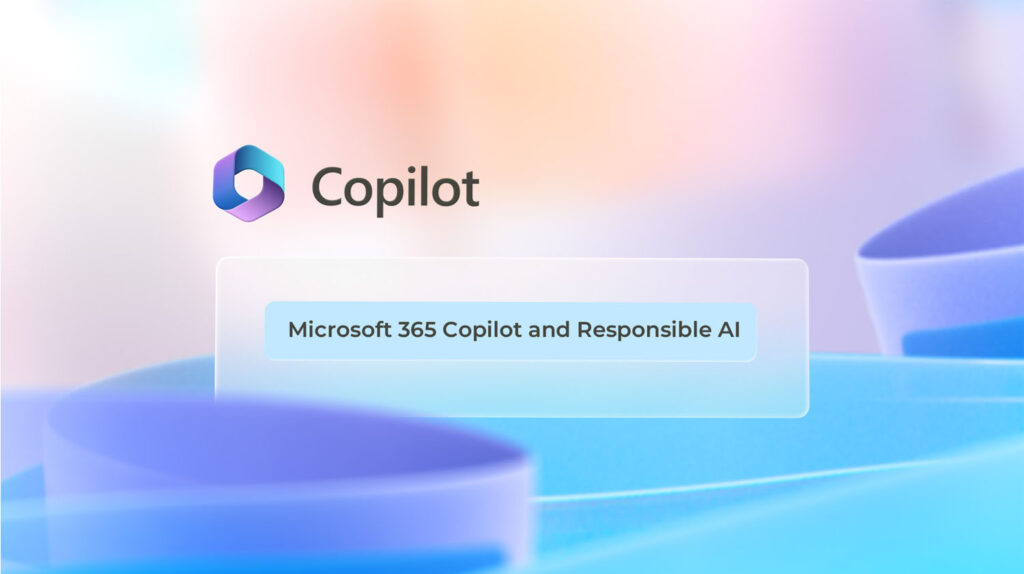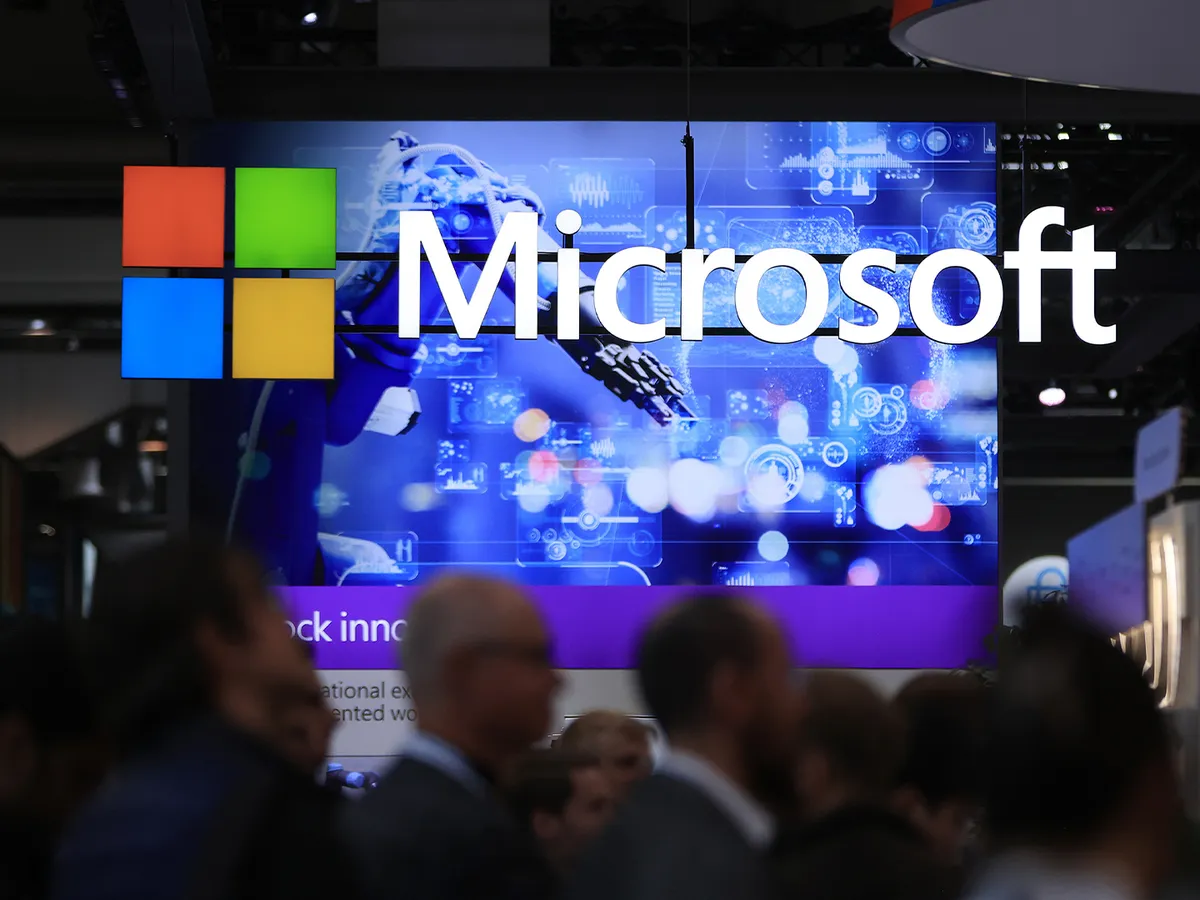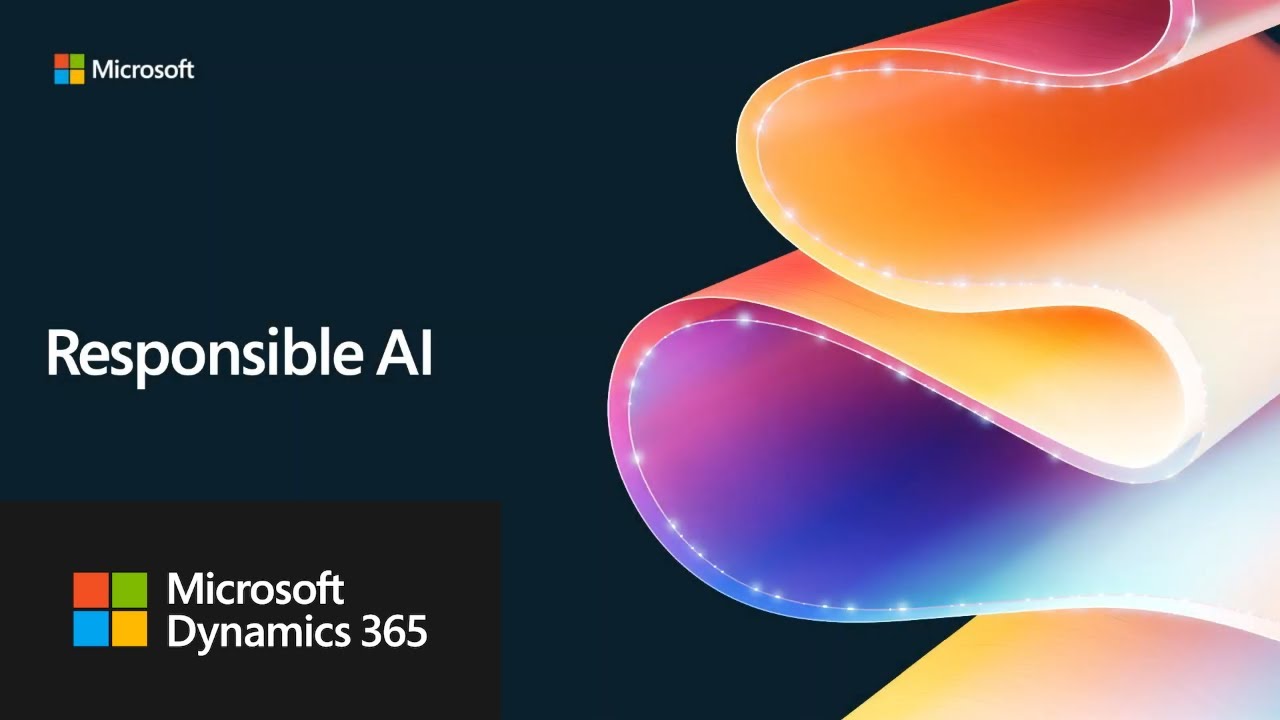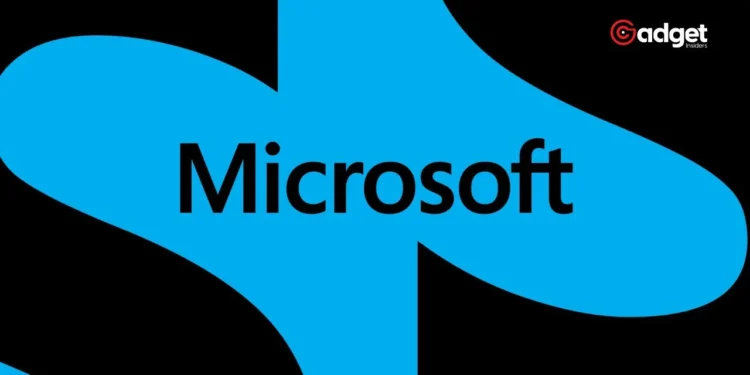In an era where digital ethics are more important than ever, Microsoft has emerged as a proactive player in the field of responsible artificial intelligence (AI). Following a voluntary agreement with the White House in July last year, the tech giant released its inaugural Responsible AI Transparency Report, detailing its strides and commitments toward safer AI deployment.
The report encapsulates a significant year for Microsoft, which saw the creation of 30 new responsible AI tools, an expansion of its dedicated team, and stringent measures to evaluate AI-related risks throughout the development cycle.
A notable advancement is the introduction of Content Credentials, which apply a watermark to AI-generated images to signify their artificial origin, enhancing transparency and trust in digital content.

Microsoft: Enhancing AI Safety and Security
Microsoft’s commitment to AI safety extends beyond its responsible AI toolkit. The company has implemented robust measures to detect and mitigate problematic content across its platforms, including hate speech, sexual content, and self-harm.
Security has also been a top priority, with new jailbreak detection methods introduced in March to counter indirect prompt injections—a sophisticated type of cybersecurity threat where malicious instructions are embedded within the data ingested by AI models.
Red-teaming efforts have been scaled up, both internally and through third-party collaborations, to stress-test AI systems before they go live. This proactive approach aims to identify and address vulnerabilities, ensuring the AI behaves as intended even in unforeseen scenarios.

Addressing Challenges and Controversies
Despite its significant advancements, Microsoft’s journey toward responsible AI hasn’t been without challenges. The initial rollout of Bing AI saw instances of the chatbot disseminating inaccurate information and inappropriate language.
More controversially, in October, users manipulated the Bing image generator to create inappropriate representations involving popular characters, leading to a swift response from the tech giant to close these loopholes.
The company also had to contend with the misuse of its AI in generating unauthorized images of celebrities, a situation that Microsoft CEO Satya Nadella described as “alarming and terrible.” Such incidents highlight the ongoing challenges in AI governance and the need for continuous improvement and vigilance.
Microsoft says it did a lot for responsible AI in inaugural transparency report https://t.co/kShxdMzm0Y
— The Verge (@verge) May 2, 2024
Forward-Looking Statements
Despite these hurdles, the spirit of innovation and responsibility continues to drive Microsoft’s AI endeavors. Natasha Crampton, Microsoft’s chief responsible AI officer, emphasized that the path to responsible AI is an ongoing journey, with no definitive endpoint.
Her comments to The Verge underline a commitment to learning and improvement: “Responsible AI has no finish line, so we’ll never consider our work under the Voluntary AI commitments done. But we have made strong progress since signing them and look forward to building on our momentum this year.”

A Responsible Future
As AI technologies become increasingly integral to everyday life, the importance of responsible AI cannot be overstated. Microsoft’s efforts in 2023 have set a strong foundation for the future, positioning the company as a leader in ethical AI development.
By continuously refining its strategies and learning from both achievements and setbacks, Microsoft is paving the way for a future where AI is not only powerful and innovative but also safe, secure, and trusted.










